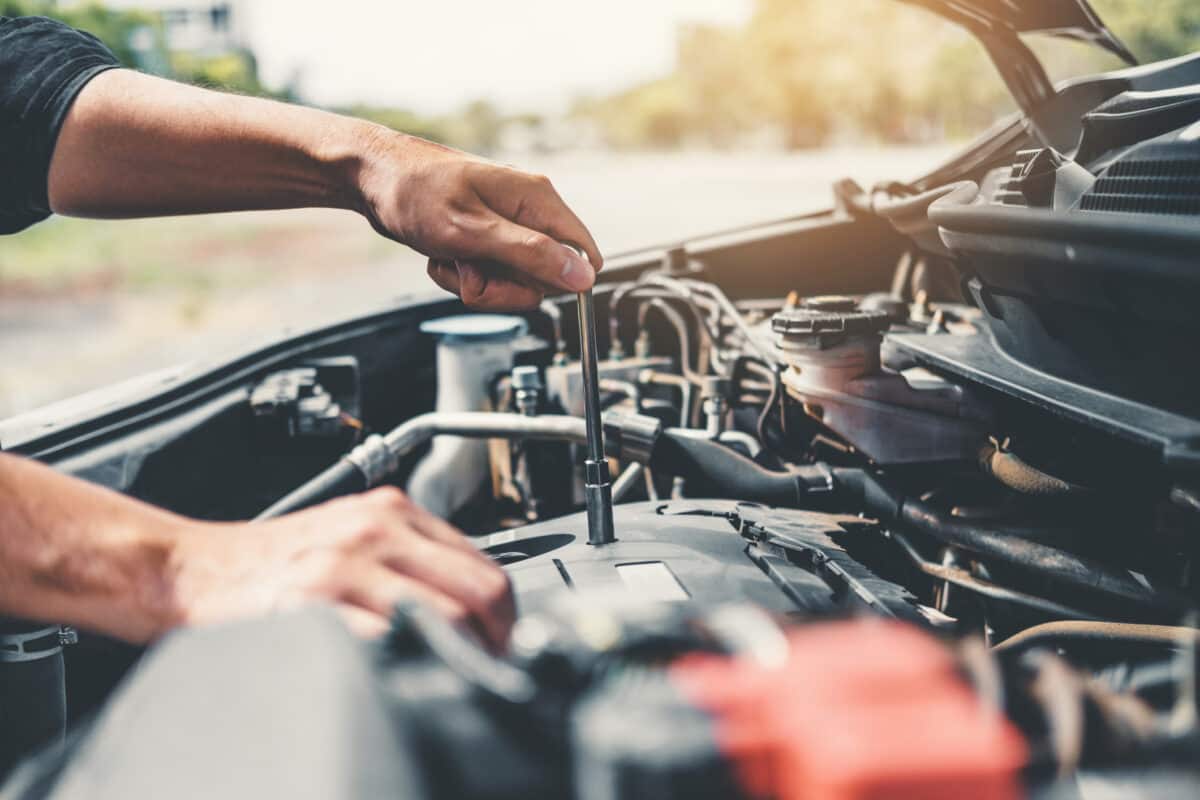Your vehicle’s transmission is a complex system that transmits power from the engine to the wheels. Naturally, by doing so, the transmission generates heat, which can potentially cause significant damage if not controlled. This is where the high-performance transmission cooler comes in. Read on to learn everything you need about the high-performance transmission cooler, including how it keeps your transmission cool, works, and the available transmission coolers.
Keeping Your Transmission Cool
Transmission fluid is responsible for cooling the transmission, and if the fluid is too hot, it can break down and cause damage to the transmission. Therefore, it is crucial to keep your transmission cool to prevent any damage. One way to keep your transmission cool is to drive conservatively and avoid putting excess strain on the transmission. Another way is to regularly change the transmission fluid, as old or dirty fluid can lead to overheating.
However, suppose you have a high-performance vehicle or use your vehicle for heavy-duty applications, such as towing, driving in hot weather, or racing. In that case, your transmission will generate more heat and need a high-performance transmission cooler to maintain the optimal operating temperature.
How Does a Transmission Cooler Work?
A transmission cooler is an external cooling system that works with the vehicle’s built-in cooling system. The transmission cooler is typically mounted in front of the vehicle’s radiator or the grille area, receiving airflow to cool the transmission fluid. The cooler’s job is to transfer the heat from the transmission fluid to the air passing through the cooler using fins, tubes, and cooling plates.
Transmission coolers work in a similar way to radiators. The transmission fluid flows through the cooler’s tubes, and as the fluid passes through, the heat is transferred to the cooler’s fins. The fins increase the cooler’s surface area, allowing more air to pass through, and therefore more heat dissipates.
Different Types of Transmission Coolers
Several transmission coolers are available, including tube and fin coolers, plate and fin coolers, and stacked plate coolers. Each type of cooler has its advantages and disadvantages, and choosing the suitable cooler for your vehicle’s needs is essential.
Tube and fin coolers are the most common type of transmission cooler. They consist of tubes and fins that dissipate the heat from the transmission fluid. These coolers are affordable and straightforward to install, but they are not as efficient as other coolers.
Plate and fin coolers are similar to tube and fin coolers but use a series of plates and fins instead of tubes. This cooler is more efficient than tube and fin coolers but is also more expensive.
Stacked plate coolers are the most efficient type of transmission cooler. They consist of a series of stacked plates, creating a large surface area for cooling. These coolers are more expensive than tube and fin and plate and fin coolers, but they provide the best performance and are the most durable.
Picking the Right High-Performance Transmission Cooler
Choosing the suitable transmission cooler for your vehicle is essential to ensure optimal transmission performance and longevity. When selecting a transmission cooler, there are several factors to consider, including the type of transmission, the driving you do, and the vehicle’s cooling system.
Choosing a cooler that can handle the fluid your transmission requires is essential. One crucial factor to consider is the transmission’s fluid flow and capacity. You can find this information in your vehicle’s owner’s manual or consult a professional mechanic. You should also consider the driving you do. If you frequently tow heavy loads, drive in hot weather, or drive in stop-and-go traffic, you may need a larger cooler to handle the additional heat generated by your transmission.
When determining whether a transmission cooler is compatible with your transmission, you should also consider the cooler’s flow rating. This rating indicates how much fluid the cooler can flow through it per minute. The cooler’s flow rating should be equal to or greater than the transmission’s pump flow rate. If the cooler’s flow rating is lower than the pump flow rate, the cooler may cause a restriction in the fluid flow, which can lead to transmission damage.
Finally, it’s essential to consider the location of the cooler. The transmission cooler should be mounted in an area where it can receive adequate airflow to cool the transmission fluid. This is typically in front of the radiator or the grille area. It’s also essential to ensure that the cooler is securely mounted and that the lines are correctly installed to prevent leaks.
4L60E and 700R4 Transmissions
For example, The GM 4L60E and GM 700R4 are popular automatic transmissions commonly found in GM vehicles. Both transmissions are known to generate heat, and using a transmission cooler can help maintain the optimal operating temperature. When selecting a transmission cooler for these transmissions, choosing a cooler compatible with the transmission’s fluid flow and capacity is essential. A stacked plate cooler or a plate and fin cooler is ideal for these transmissions, as they offer the best performance and durability. Additionally, installing the cooler in front of the radiator or the grille area is recommended to ensure adequate airflow. With the suitable cooler installed, you can help ensure the longevity and optimal performance of your 4L60E or 700R4 transmission.
Conclusion
In conclusion, the high-performance transmission cooler is essential for any high-performance vehicle or vehicle used for heavy-duty applications. A transmission cooler helps keep your transmission cool and can prevent costly damage to your vehicle. Understanding how a transmission cooler works and the different coolers available when selecting the suitable cooler for your vehicle. Remember to check and change your transmission fluid regularly and always drive conservatively to help keep your transmission in excellent working condition. Adding a cooler shouldn’t replace regular maintenance and repairs.
